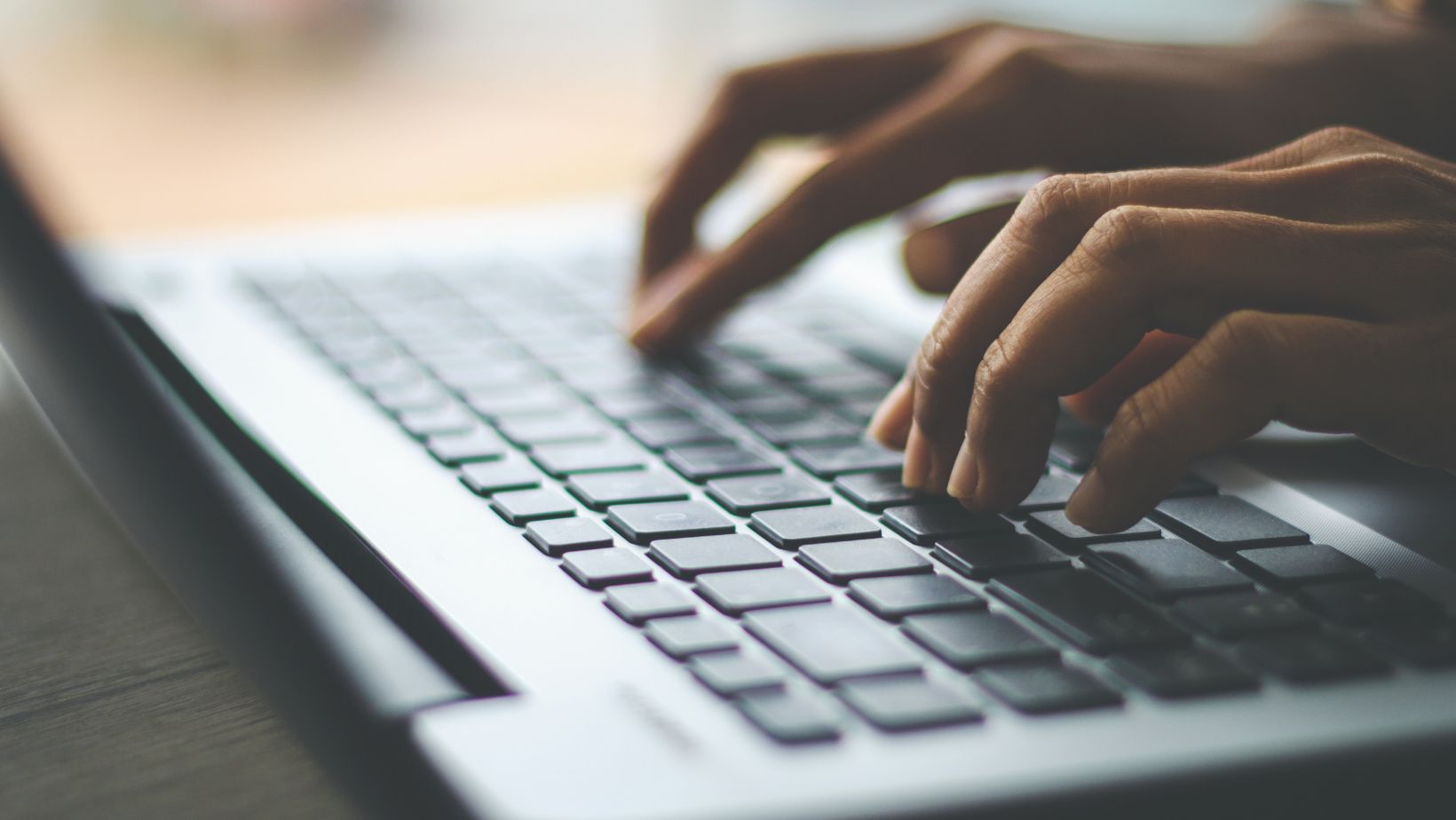Artificial Intelligence (AI) has reshaped the way we interact with technology, and laptops are no exception. No longer just a feature for high-end research or futuristic concepts, AI is now embedded in everyday computing, enhancing speed, efficiency, and overall performance. Whether it’s optimizing battery life, improving security, or boosting processing power, AI is revolutionizing how laptops function.
Manufacturers have realized that user needs vary widely—some demand high-speed performance for gaming and content creation, while others prioritize battery life and security for remote work. AI helps bridge these gaps by dynamically adapting to user behavior. It fine-tunes power distribution, adjusts processing speed, and even enhances visuals, making laptops more intuitive and efficient than ever before.
One of the most noticeable benefits of AI in laptops is its ability to optimize system performance in real time, and this website explores how AI-driven adjustments enhance efficiency. Instead of relying on fixed hardware settings, AI continuously analyzes usage patterns and dynamically allocates resources. When running demanding software, AI boosts CPU and GPU power for seamless performance. Conversely, for lighter tasks like browsing or word processing, AI scales back resource consumption to conserve energy without compromising usability.
AI-Powered Battery Life Optimization
Battery life has also seen a dramatic improvement thanks to AI. Traditional laptops often struggle to balance performance and power consumption, leading to shorter battery life when running intensive applications. AI, however, intelligently manages background processes, reducing unnecessary power usage. It learns user habits and predicts when to go into low-power mode, significantly extending battery longevity.

Some AI-enhanced laptops even adjust screen brightness and refresh rates based on the environment, ensuring an optimal viewing experience while conserving energy.
AI-Driven Security and Privacy Features
Security is another area where AI has made significant strides. Cyber threats are becoming more sophisticated, and traditional antivirus software is no longer enough. AI-powered security systems can detect unusual activity, such as unauthorized access attempts or malware infections before they cause harm. Facial recognition and fingerprint scanners have also improved due to AI, making authentication faster and more reliable. Some AI-driven security features even notify users when an application accesses the microphone or camera, enhancing privacy protection.
AI’s Role in Enhancing Graphics and Gaming Performance
AI is also transforming character animations and physics in games, making movements more fluid and lifelike. Traditionally, character animations relied on pre-set motion capture or hand-crafted animations, but AI-driven animation tools now enable characters to adapt their movements dynamically. For example, AI can adjust a character’s walking or running style based on terrain, obstacles, or even player input, creating a more natural and immersive experience. Games like The Last of Us Part II and Horizon Forbidden West use AI-enhanced animation techniques to make character interactions feel more realistic and responsive.
Beyond visuals, AI is improving game audio and sound design. AI-driven algorithms can generate dynamic soundscapes that react to in-game events in real-time, enhancing immersion. For example, in horror games, AI can adjust ambient sounds and music based on the player’s actions, intensifying suspense when needed. Voice synthesis and AI-assisted dialogue generation are also making it easier for developers to create rich narratives with minimal manual voice recording. This advancement allows for more interactive storytelling, where NPCs can respond more naturally to player choices, making every playthrough feel unique.
AI-Powered Virtual Assistants and Workflow Automation
AI has also improved the way we interact with laptops through voice and smart assistance. Virtual assistants like Microsoft’s Copilot and Apple’s Siri have become more intuitive, allowing users to perform complex tasks using simple voice commands.

AI-driven automation helps streamline workflows, suggesting shortcuts and automating repetitive actions to boost productivity. Some laptops even personalize settings based on user behavior, making the computing experience more seamless and efficient.
Predictive Maintenance and AI Diagnostics
AI-powered laptops are also enhancing power efficiency and battery life. By analyzing user behavior and workload patterns, AI can optimize power consumption by adjusting performance settings, screen brightness, and background processes in real time. This ensures that resources are allocated efficiently, extending battery life without compromising performance. Features like Intel’s Dynamic Tuning and Apple’s M-series chips leverage AI to balance power and performance based on the user’s needs.
Additionally, AI is transforming security on laptops through advanced threat detection and biometric authentication. AI-driven security features can identify suspicious activities, detect malware in real time, and provide adaptive protection against cyber threats. Facial recognition and fingerprint scanning technologies powered by AI enhance device security by learning and adapting to subtle changes in a user’s biometric data, making unauthorized access more difficult. These innovations contribute to a safer and more seamless computing experience.
The Future of AI in Laptops
AI is still evolving, and its role in laptop performance is only going to grow. Future developments may include AI-driven self-repair mechanisms, even smarter power management solutions, and real-time performance adjustments tailored to user needs. With AI continuously learning from usage patterns, the next generation of laptops will be more adaptive, efficient, and secure than ever before.
By integrating AI, laptops are no longer just machines with fixed capabilities; they are becoming intelligent companions that enhance productivity, efficiency, and user experience. AI is making computing faster, smarter, and more intuitive, ensuring that laptops keep pace with the growing demands of modern users.




